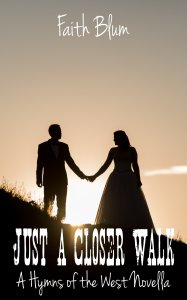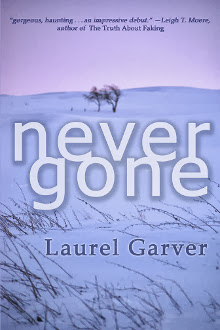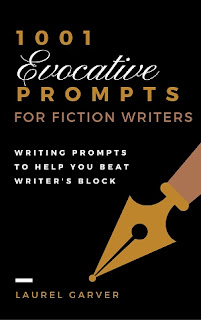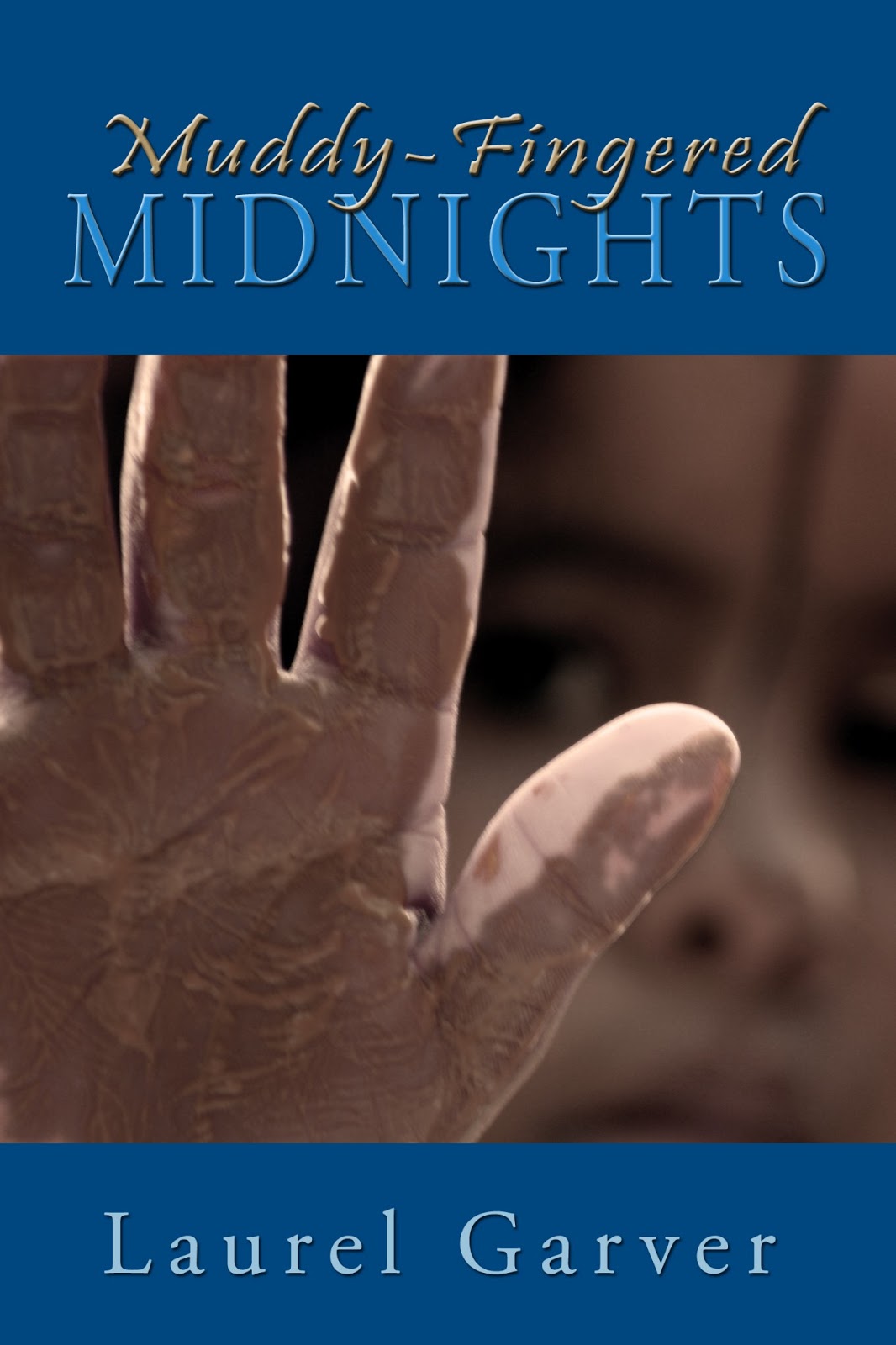By guest author Elise Abram
visiting us from Canada (hence some variant spellings)
Modelling is not (as the title of a
previous blog I wrote implied) actually stealing. It's more like borrowing.
It happens all the time.
 |
| Look over a classic character's shoulder and learn! |
Ray Bradbury did it.
In the opening of his novel,
Graveyard for Lunatics, Bradbury borrows Dickens's "It was the best of times, it was the worst of times" parallel structure. In the short story, "The Veldt", Bradbury names the children Peter and Wendy, an obvious nod to J.M. Barrie's characters of the same name.
Stephen King does it.
In
The Talisman, King recreates a scene from Dickens's
A Tale of Two Cities. The original scene, focussing on peasants celebrating as they enjoy the spoils of an upturned cart of spirits, is twisted into something more gruesome in King's version. Instead of a celebration, King's scene focuses on the destruction caused by the ruined cart which kills a child and maims a horse.
King repeats the process in
Black House,
The Talisman's sequel, which alludes to Dickens'
Bleak House, in both theme, title, and within the story itself.
(Image credit: http://morguefile.com/creative/terryballard.)
Why model?
Modelling is a great way to test the waters to find your writing voice. It can also provide your readers with links to previous publications, famous authors and plots, and make a connection with universal themes.
[Laurel's note: if you struggle to come up with plots, this is an excellent way to learn story structure--studying another work, taking it apart, and rebuilding it with your own voice and subtle twists.]
Borrowing from the classics
For example, if my character is a man-boy who refuses to grow up, I might call him Peter after Peter Pan. If I compose scenes that parallel Barrie's iconic story, I might take snippets of Barrie's words, or write parallel passages. I could give my Peter the same origin story as Pan, having him grow up an orphan after being found abandoned in his stroller, or first taken from his stroller and then abandoned. Readers will map their reading of Barrie's Peter onto my Peter, if the connection is made clear.
If my character suffers a nervous breakdown, I might call her Dorothy, after Dorothy Gale, and make hallucinations a part of her downward spiral in which the people who are closest to her are not as they seem.
Or I could call her Alice, as in Wonderland, and have people around her embody the traits of the White Rabbit, the Mad Hatter, or the Queen of Hearts (as I do in my latest release,
I Was, Am, Will Be Alice). Whenever my character feels herself spinning out of control, I could borrow from Baum's description of Dorothy in the throes of the twister, or Carroll's Alice as she falls into the rabbit hole, to describe what my character is feeling.
In conclusion
Stephen King once said something to the effect that a good writer is aware of all of the writers who went before him. He further cautions that "if you don't have time to read, you don't have time to write." Then again, he also says that you shouldn't try to imitate another author's style or you'll come off sounding like a cheap imitation.
My point is that to be a good writer, you must read other successful authors in your genre, study their writing to figure out why they are successful, and then keep this at the back of your mind as you develop a style of your own style.
About the author
Elise Abram is high school teacher of English and computer studies, former archaeologist, editor, publisher, award winning author, avid reader of literary and science fiction, and student of the human condition. Everything she does, watches, reads and hears is fodder for her writing. She is passionate about writing and language, cooking, and ABC’s
Once Upon A Time. In her spare time, she experiments with paleo cookery, knits badly, and writes. She also bakes. Most of the time it doesn’t burn. Her family doesn’t seem to mind.
Here's where you can learn more about Elise and her writing:
About I Was, Am, Will Be Alice
Genre: YA Science Fiction (Time Travel)
Pages: 310
Release Date: 12 July 16
Winner of the 2015 A Woman's Write Competition for fiction!

When Alice Carroll is in grade three she narrowly escapes losing her life in a school shooting. All she remembers is the woman comforting her in the moments before the gunshot, and that one second she was there, the next she wasn't.
It's bad enough coming to terms with surviving while others, including her favourite teacher, didn't, let alone dealing with the fact that she might wink out of existence at any time.
Alice spends the next few years seeing specialists about her Post Traumatic Stress as a result of VD--Voldemort Day--but it's not until she has a nightmare about The Day That Shall Not Be Mentioned, disappears from her bed, is found by police, and taken home to meet her four-year-old self that she realizes she's been time travelling.
Alice is unsure if her getting unstuck in time should be considered an ability or a liability, until she disappears right in front of her high school at dismissal time, the busiest time of day. Worried that someone may find out about her problem before long, Alice enlists her best friend (and maybe boyfriend), Pete, to help her try to control her shifting through time with limited success. She's just about ready to give up when the shooter is caught. Alice resolves to take control of her time travelling in order to go back to That Day, stop the shooting, and figure out the identity of the stranger who'd shielded Alice's body with her own.
Buy links: Amazon, Google Play, iTunes and Kobo.
If you were to go beyond alluding to other works and instead model one, which classic might you choose?
a Rafflecopter giveaway


















